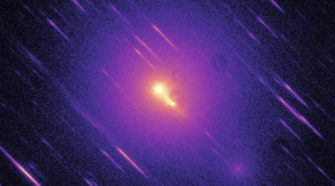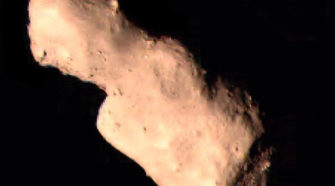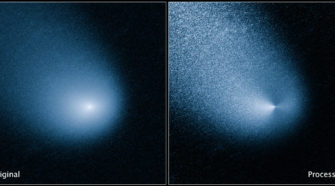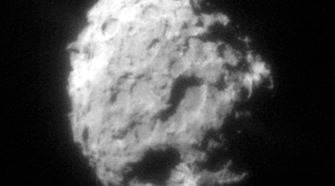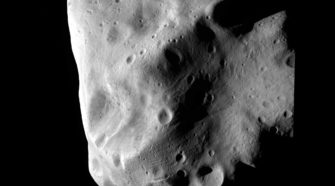Comet of the Week: Machholz C/2004 Q2
Perihelion: 2005 January 24.91, q = 1.205 AU Beginning with French astronomer Charles Messier and his contemporaries in the mid- to late 18th Century, the vast majority of comets were discovered visually by amateur astronomers who regularly swept the skies looking for these objects. While this means of comet discovery began to be supplanted by …
Special Topic: Near-Earth asteroids
Last week’s topic concerned the asteroids that occupy the so-called “main asteroid belt” between the orbits of Mars and Jupiter. The overwhelming majority of the first several hundred asteroids discovered, and, indeed, a large majority of the asteroids known today, reside in this region. However, as years went by and more and more asteroids kept …
This Week in History: January 1-4
JANUARY 1, 1801: On the first day of the 19th Century, Giuseppe Piazzi at the Palermo Observatory in Sicily discovers the first-known asteroid, now known as (1) Ceres. As a resident of the “main asteroid belt” between Mars and Jupiter, Ceres remains the largest-known asteroid (diameter 950 km), and is now formally designated a “dwarf …
Comet of the Week: 81P/Wild 2
Comet 81P/Wild 2’s Perihelion: 2003 September 25.93, q = 1.590 AU Comet 81P/Wild 2 was discovered on January 6, 1978, by Swiss astronomer Paul Wild, who photographically patrolled the skies for several decades from the University of Bern. Throughout that time he discovered numerous asteroids and supernovae, as well as eight comets; he has the …
Special Topic: Main belt asteroids
Ice and Stone 2020 is a weekly series of educational material focusing on some of the small bodies of the solar system – comets and asteroids. The Earthrise Institute, a non-profit founded by Comet Hale-Bopp co-discoverer Alan Hale, is partnering with the La Cumbres Observatory and RocketSTEM to release the material for FREE online so that …

